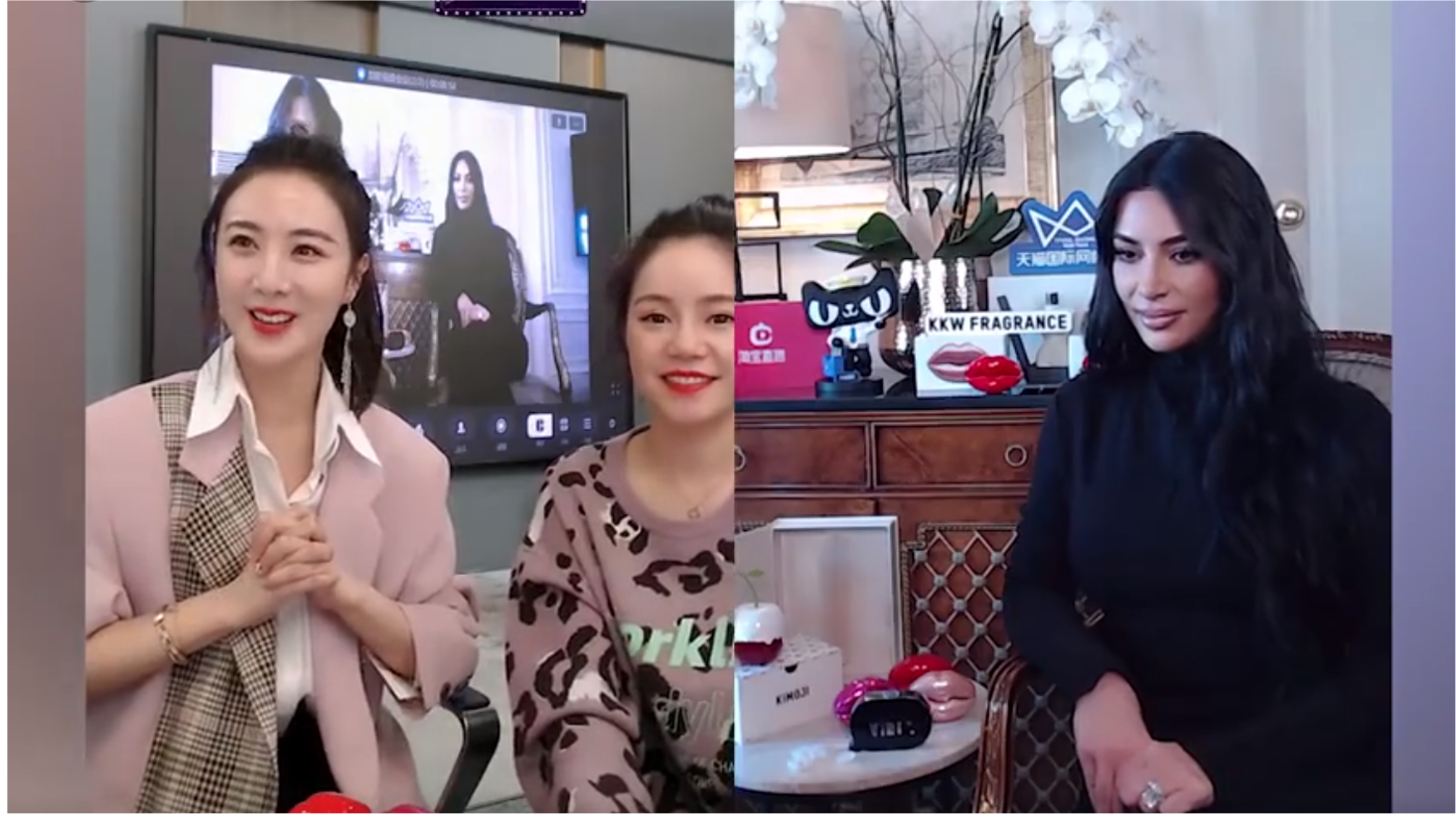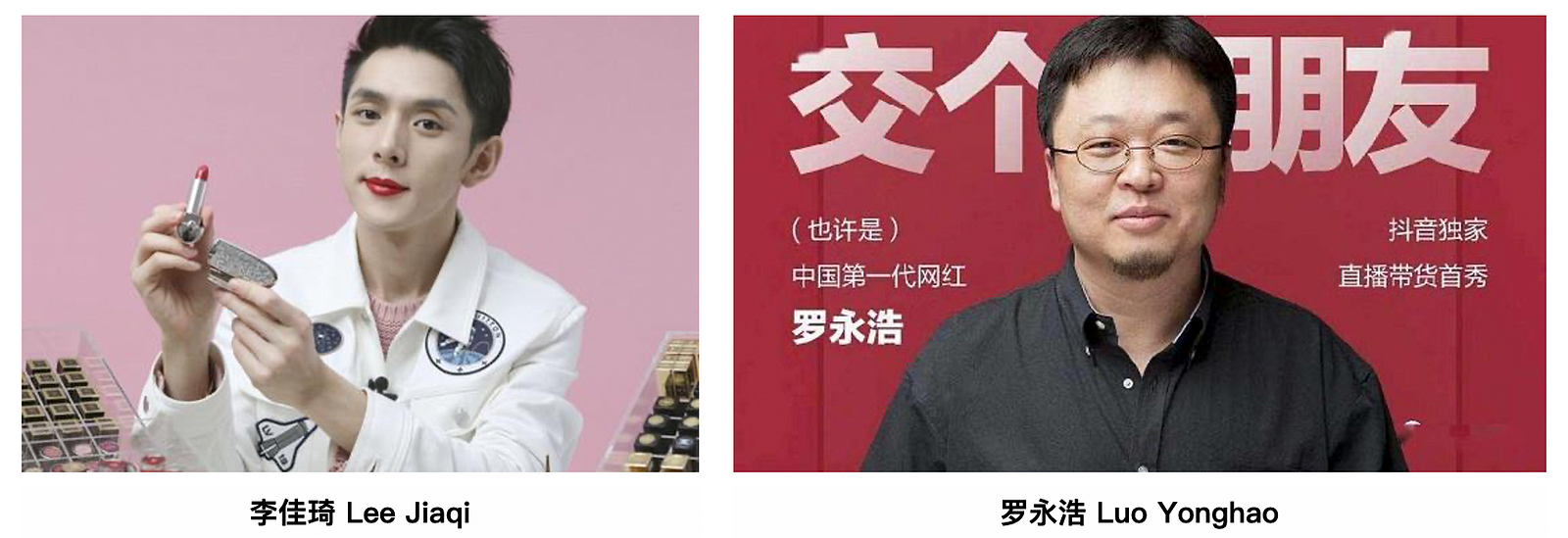Find out why mid-form videos are popping off on Chinese video platforms and what this video concept offers.
Online video platforms such as Tik Tok, Kwai or iQIYI have all started to publicize bite-sized dramas on their home page. The Chinese video streaming industry calls these skits “medium-length videos” or “mid-form videos”. This concept, formally introduced in October 2020 by Watermelon Video's CEO Ren Lifeng, is now trending on all major video platforms in China.
Source: 36kr.com
Mid-form videos
According to Ren Lifeng, a typical mid-form video will have the following characteristics:
- The video duration can be anything between 1-30 minutes, but a length of 5-15 minutes is more commonly seen.
- The video content has depth. There are currently two types of content: popular science and summarized versions of long-form videos.
- The video creator has professional knowledge and experience.
- The video has a more refined production. Although it may not be very professional, the content arrangement, picture layout, clarity and subtitles are of higher quality.
Why are online video platforms pushing for mid-form videos?
Based on the definition above, mid-form video is not a new concept for sure. So what then can explain the mid-form video’s rising popularity on all Chinese streaming platforms?
1. Short-form and long-form video’s limited profitability
The one-minute duration of short-form videos constrains the depth of content covered and makes it hard to weave in advertisements. The platforms are also finding it hard to maintain user engagement due to the homogenization of content overly focused on entertainment.
On the other hand, long-form video platforms have been burning their money for copyright issues over the years, while short-form video platforms eat up part of their market share. As a result, these platforms have suffered continuous losses, and the trend is expected to continue.
2. Witnessing the success of YouTube
YouTube is dominated by mid-form videos, with an average video length of about 15 minutes. Even though YouTube faces fierce competition from other short video platforms, it can still maintain its user size at a compound growth rate of 21.56%. The success of YouTube’s mid-form video model has attracted other platforms to follow suit.
3. 5G Technology and changing consumption habits
With 5G technology, platforms can stream videos at a higher definition, fluency, and lower cost. As a result, consumers are no longer satisfied with short videos that are mainly for entertainment. According to the Professional Development Report of Mid-form Video Creators released by Watermelon Video and Newrank, about 70% of mid-form video users want to develop skillsets and enrich themselves. Therefore, high-quality video content will better meet the needs of this changing consumption habit.
The growing demand for mid-form videos
According to the Professional Development Report of Mid-form Video Creators, the number of high-frequency video users in 2020 has reached 605 million with a penetration rate of 64%. Therefore, compared to the total volume of Chinese Internet users (940 million) and the penetration rate of online video users (95%), there is sufficient room for the growth of mid-form videos.
The 2020 Annual Mid-form Video Platform Market Research Report released by Bigdata Research shows that the daily consumption time per capita for mid-form videos in 2020 has increased significantly, exceeding 100 minutes in December 2020. In addition, demand for 10-20 minutes long videos grew by 10.7%.
In terms of age, 78% of medium video users are under 30 years old. Among them, those with a college degree or above account for more than 45%.
In addition, user preference differs among different age groups. For example, the post-00s generation prefer videos on cute pets, slimes, and other niche categories; the post-90s generation like to watch unboxing videos about clothes, new electronic games, and commentary; the post-80s prefer sharing of household products and funny jokes, while the post-70s love cute children and romantic dramas.
A highly competitive market
In recent years, the mid-form video market has emerged as a battlefield strongly contended by existing players.
July 2019: Kwai extended its video recording time to 5-10 minutes. Less than a month later, Tik Tok also allowed videos to stream up to 15 minutes.
April 2020: iQIYI launched a video streaming product named "Suike", which aims to be the Chinese YouTube. This was followed by a collaborative move between iQIYI and Baidu, allowing users to use one account and access both platform's videos.
July 2020: Weibo launched a plan worth RMB 500 million (US$78.1) to support mid-form video creators. A month later, both Xianghongshu and WeChat added features to support the streaming of mid-form videos.
October 2020: Zhihu launched a "video" section, focusing on knowledge-based videos of more than one minute. Baidu launched an independent App, "Baidu Kankan", which focuses on mid-form video streaming. Watermelon Video announced that it would spend at least RMB 2 billion (US$0.3 billion) to help video creators improve their content quality in the next year.
December 2020: Tencent Video jumped on the bandwagon and started to stream mid-form videos.
A better alternative for video platforms?
Although mid-form video serves as a strategic growth point in the video streaming industry, its future remains uncertain. Quibi, a video platform streaming short plays over the years, has failed and left the market. Bilibili, known for its diverse range of mid-form videos, continues to make losses.
In terms of content production, while short-form videos are dominated by User Generated Content (UGC), mid-form videos with higher content depth requirements mainly rely on Professional Generated Content (PGC). However, depending solely on a narrow scope of PGC risks repeating the unsuccessful path of Quibi. This is why video platforms need to produce diversified content to attract users continuously.
Yet, most Chinese video platforms, especially those focusing on long-form videos, do not have an ecosystem as comprehensive as Bilibili for content creation. Few merchants are willing to cooperate with content creators for ads or live streaming e-commerce. Even though mid-form video platforms promise content creators guaranteed salaries plus commission, their incomes remain pretty volatile. Most of them rely on subsidies from the platforms' incentive plans.
In addition, viewers of mid-form videos are more loyal to the content creators than the video platform itself. This means that once the content creators switch from one platform to another, the viewers will also follow suit.
YouTube as a mid-form video platform is successful because of its developed business model consisting of Professional User Generated Content (PUGC), content consumption by users, advertising revenue and income from viewership. In contrast, Chinese mid-form video platforms are still at their experimental stage. Compared to the typical long dramas, it is harder to attract investments and viewership for mid-from skits due to the limited clout.
Chen Rui, the CEO of Bilibili, questioned the concept of mid-form videos, as he believes that the length of the video does not matter. Instead, it should be about whether the viewers like the video content or not, regardless of the video length.
The success of the mid-form video concept remains to be seen. Time will testify the ideal content suitable for mid-form videos, its profitability and how mid-form video platforms should operate.



























